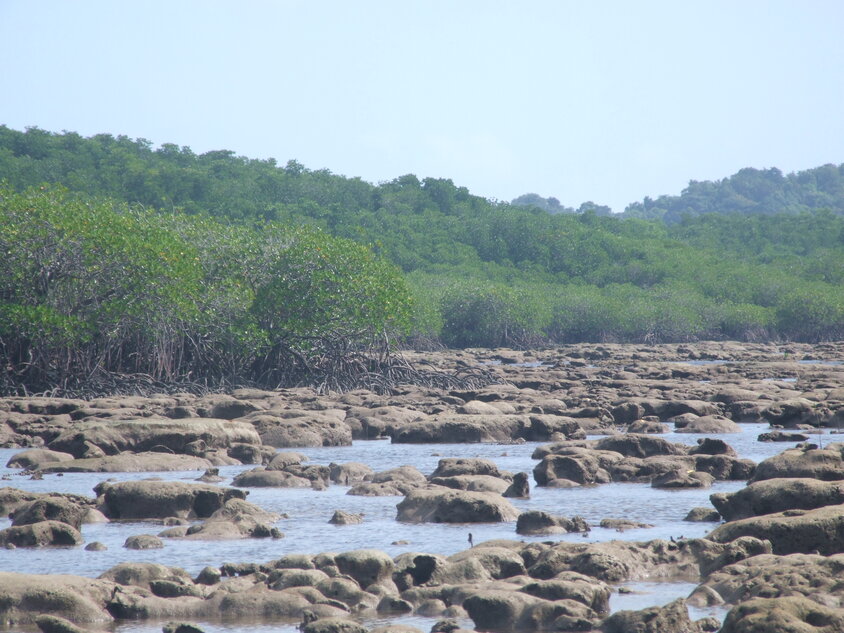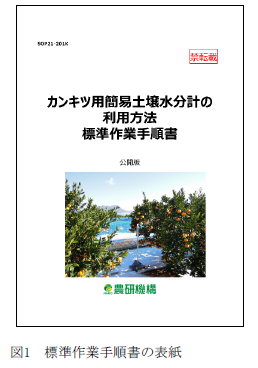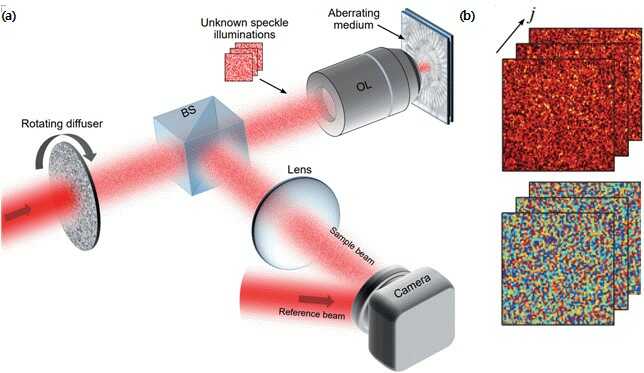2022-02-21 南洋(ナンヤン)理工大学(NTU)
これは、土地の沈下など複数の要因が考えられますが、NTU シンガポールの研究結果によると、気候変動がシンガポールの海面上昇に寄与していることが明らかになりました。2020年のシンガポール気象庁のデータでは、シンガポールの海面が1970年以前より14cm上昇したことが示されていました。

Corals can provide a good gauge of Singapore’s sea-level history over the past century, with the rising levels recorded over the 20th and 21st century very likely a result of climate change.
While this can be attributed to multiple factors such as sinking land, findings from an NTU Singapore study show that climate change contributed to rising sea levels in the country. Data from the Meteorological Service Singapore in 2020 had shown that sea levels in Singapore had gone up by 14cm since pre-1970 levels.
Led by Dr Jedrzej Majewski and Assistant Professor Aron Meltzner, both from the Earth Observatory of Singapore (EOS), they said that as the rate of sea-level rise over the last 100 years was lower compared with the global average, taking away anthropogenic factors would mean that sea level in the country could have been stable, or even “slightly falling”, likely due to Singapore’s geological history.
Anthropogenic factors refer to human activity, such as the burning of fossil fuels and cutting down of forests.
In addition, considering the recent report by the United Nations’ Intergovernmental Panel for Climate Change (IPCC), some 70 per cent of the combined change in glaciers, ice sheet surface mass balance and thermal expansion since 1970 can be attributed to human activity – with this percentage increasing over the course of the 20th and 21st century, he noted.
The latest report from IPCC has found that Singapore will face a sea-level rise of about 0.2m by 2050, and 1m by 2100, relative to a baseline from the period of 1995 to 2014.
This discovery was made possible only through the use of coral microatolls – circular colonies of coral which usually grow sideways – from Mapur, an Indonesian island about 100km south-east of Singapore.
Media coverage



